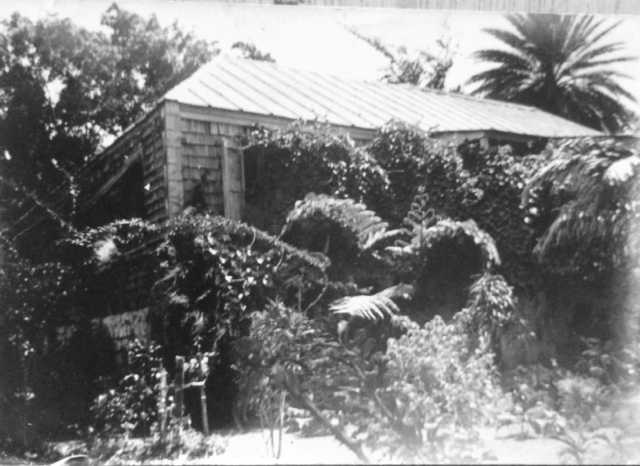History of Romney Manor
Set in approximately 8 acres, these grounds have considerable history dating back to the 1600s. Prior to the island's European conquest, which began in 1623, there is strong evidence that Carib Indian Chief Tegreman’s village occupied the site. Petroglyphs located on the Wingfield Estate attest to the presence of Amerindians at some point during the property's history.
Romney Manor & Wingfield Estate have had only 5 family owners to-date. You might recognize the first, Sam Jeffreson II, the great, great, great grandfather of Thomas Jefferson (3rd president of the U.S.A), who purchased the property in 1625.
The modest house, once named the "red house" to reflect Jeffreson's Quaker roots, was renamed Romney Manor upon its mid 17th-century acquisition by the Earl of Romney. In 1834, contrary to the instruction of the British Parliament, Lord Romney declared his enslaved Africans free men, becoming the first estate in St. Kitts to do so.
Most of the activity on the property, has been growing & distilling sugar cane. Over the years, its owners have witnessed the crushing of cane by animal, water, and steam power. This all changed in the 1920s as the cane processing became centralized in the nation's capital, Basseterre. The Wingfield Estate grew, harvested, and loaded sugar cane until the mid-2000s, that's 350 years!
Romney Manor became a batik enterprise in the 1970s under the tutelage of its current owner. Wingfield Estate began its transition to the beautiful gardens and active archeological site it is today in the 2000s, when the St. Kitts government discontinued all sugar cane operations on the island.
Many visitors frequently express a sense of spirituality while enjoying the gardens and grounds. An all-time favourite is our magnificent Saman tree, the largest living organism in St. Kitts. It is over 400 years old, 24 ft in circumference, and covers ½ acre. Just imagine the stories it could tell. Many visitors return time and time again to savour this memorable experience. The present owner feels more a sense of stewardship than ownership, recognizing the magnificent Saman tree as the true owner of all it surveys.
Enjoy the photos below, illustrating how the property has evolved to its current incarnation.
Mr. & Mrs. Rogers
At the end of the 19th century, after over 200 years of family ownership, the Earl of Romney sold his estate to the Roger family. This picture depicts Mr. and Mrs. Rogers on the balcony of their new acquisition.
Sir Geoffrey & LadyBoon
The Rogers sold to Sir Geoffrey and Lady Boon in the early part of the 20th century. This is a photograph of Sir Geoffrey and his family on the croquet lawn at Romney Manor. His family sold the estate to the present owner in the late 1970s.
1975
This photograph was taken when the present owner first saw it. Bush had entered the building and spread throughout the inside. The garden was overgrown and free of flowers. However the famous Saman Tree was magnificent, inspiring the present owner to easily visualize a beautiful future.
1977
This is the first staff photo ever taken in front of what is now our Rainforest Bar. A few of these talented staff are still present to this day.
1980
This photograph shows what the house looked like before the fire burned it all down in 1995. It was taken after repainting the Old Romney Manor white and yellow, it was previously grey. This shot shows a few of our regular models and was used for promotional purposes.
1993
The Duke of Edinburgh, otherwise known as Prince Phillip, visited Caribelle Batik while in St. Kitts and officially opened the Wingfield Watershed National Park. During his visit to Romney, we presented his royal highness with one of our wall hangings called "Village Life".
1995
The lady on the left is Eunice Henderson, who unfortunately is no longer with Caribelle Batik. The lady on the right is the irrepressible Yvette Coker, still demonstrating after over 40 years. The women are demonstrating a combo of painting and batik. Yvette is putting the finishing touches to "The Polynesia", a windjammer that in the past would visit us every Thursday. It's fair to say it was the first "cruise ship" ever to visit St. Kitts.







